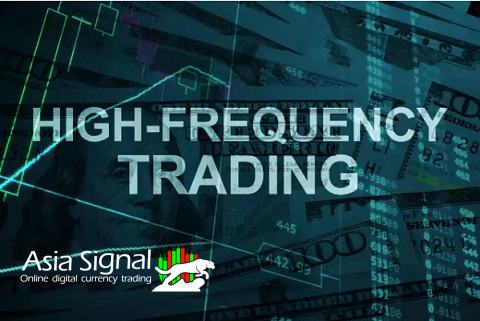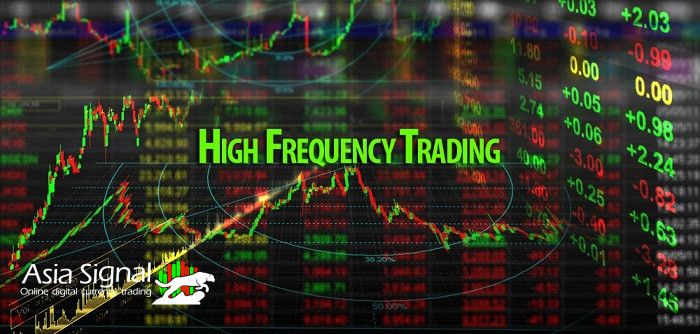High-Frequency Trading: Unveiling the Lightning-Fast World of Financial Markets
In the fast-paced world of finance, where every second counts, High-Frequency Trading (HFT) has emerged as a dominant force. HFT refers to the use of powerful computer algorithms to execute a large number of trades in milliseconds. This lightning-fast trading strategy has transformed the landscape of financial markets, raising both praise and concerns. In this article, we will explore the fundamentals of HFT, its impact on markets, and the ongoing debates surrounding its role in the financial ecosystem.

The Birth of High-Frequency Trading
High-frequency trading is a relatively recent phenomenon, dating back to the early 21st century. It was made possible by advances in computing power, algorithm development, and high-speed internet connectivity. Traders and financial institutions quickly realized the potential benefits of executing trades at speeds unimaginable to human traders.
How High-Frequency Trading Works
HFT relies on powerful computers and sophisticated algorithms to analyze vast amounts of market data in real-time. These algorithms identify trading opportunities, execute orders, and make profits within fractions of a second. The primary components of HFT include:
1. Low Latency Infrastructure: HFT firms invest heavily in low-latency infrastructure, including high-speed data connections and proximity to exchange servers. Being physically closer to the exchange can reduce communication delays and provide a competitive advantage.
2. Co-location: HFT firms often co-locate their servers in exchange data centers, further minimizing data transmission times.
3. Market Data Analysis: HFT algorithms process enormous volumes of market data, including price feeds, order book updates, news, and social media sentiment. They use this information to make split-second trading decisions.
4. Algorithmic Trading Strategies: HFT strategies vary, but common approaches include market making, arbitrage, statistical arbitrage, and trend following. Market making involves providing liquidity by continuously quoting buy and sell prices for a particular security. Arbitrage strategies aim to profit from price discrepancies between related assets.

Impact on Financial Markets
High-frequency trading has had a profound impact on financial markets:
1. Liquidity Provision: HFT firms play a crucial role in providing liquidity to the markets by frequently entering and exiting positions. This helps reduce bid-ask spreads, making it cheaper for investors to buy and sell assets.
2. Market Efficiency: HFT can enhance market efficiency by quickly incorporating new information into asset prices. This leads to more accurate pricing and fairer markets.
3. Increased Competition: HFT has intensified competition among market participants, encouraging innovation in trading strategies and technology.
4. Market Volatility: Critics argue that HFT can exacerbate market volatility, especially during rapid price movements. Some HFT algorithms automatically exit the market during extreme volatility, potentially amplifying price swings.
Controversies and Concerns
High-frequency trading is not without its controversies and concerns:
1. Unfair Advantage: Critics argue that HFT firms have an unfair advantage due to their faster access to market data and trading infrastructure, potentially disadvantaging traditional investors.
2. Flash Crashes: HFT has been associated with flash crashes, where markets experience extreme and rapid price fluctuations. These events raise questions about market stability.
3. Regulatory Challenges: Regulators have struggled to keep pace with the rapidly evolving HFT landscape, leading to concerns about market integrity and investor protection.
4. Lack of Transparency: Some HFT strategies are highly proprietary and opaque, making it difficult to assess their impact on the broader market.

Conclusion
High-frequency trading is a powerful force in modern financial markets, offering both benefits and challenges. It has revolutionized the way trades are executed, providing liquidity, improving market efficiency, and intensifying competition. However, it also raises concerns about market fairness, stability, and transparency. As technology continues to advance, the debate over the role of HFT in the financial ecosystem is likely to persist, prompting ongoing discussions and regulatory scrutiny. The future of high-frequency trading will depend on finding a balance between its advantages and addressing its potential drawbacks to ensure the integrity and stability of financial markets.
looking for the Best crypto indicator? just follow Asiasignal.

















Comments